Är det säkert att stapla batterier?
När du planerar ett energilagringssystem, Särskilt i en rymdmedveten miljö som många hem och företag i Singapore, Vertikal stapling verkar vara ett logiskt sätt att spara utrymme. Men är det faktiskt säkert att stapla dessa kraftfulla batteriduner? Detta är en kritisk fråga, Och svaret är ett fast och villkorat "ja."
Det är bara säkert att stapla batterier om de specifikt är konstruerade och certifierade för detta ändamål. Moderna stapelbara batterilagringssystem är utformade med mekanisk stabilitet, elektrisk säkerhet, och termisk hantering i åtanke. Godtyckligt staplar upp batterier som inte är utformade för att staplas är extremt farligt och kan leda till kortkretsar, överhettning, instabilitet, och eld. Professionella lösningar är viktiga.
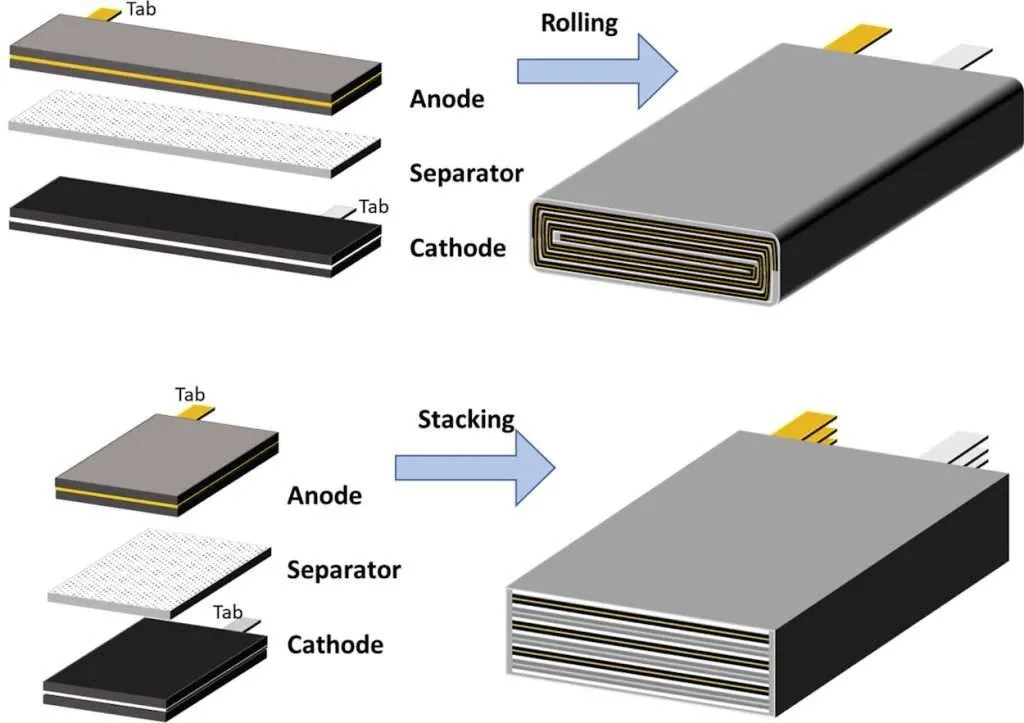
På Gycx Solar, Säkerhet är grunden för varje system vi utformar. De stapelbart batteri Produkter vi använder väljs specifikt för deras säkerhetsfunktioner och installeras enligt rigorösa standarder. Låt oss dyka djupare in i mekaniken, gynn, och säkerhetsprotokoll för staplingsbatterier.
Vad gör stapling av batterier?
Varför är moderna energilagringslösningar ofta utformade som "stapelbara" system? Vad är den faktiska funktionen och fördelen med denna modulära tillvägagångssätt? Stapelling batterier handlar om att uppnå skalbarhet och effektivitet i din energilagringsdesign.
"Stapel" Designade batterimoduler gör att du kan bygga en större, Anpassat energilagringssystem från standardiserade byggstenar. Elektriskt, Detta innebär att du kan ansluta modulerna parallellt för att öka din totala energikapacitet (i KWH) och aktuell utgång, eller i serie för att öka systemets totala spänning. Fysiskt, det möjliggör en mycket organiserad, rymdeffektiv, och tät installation, vilket är en stor fördel i rymdbegränsade hem eller företag.
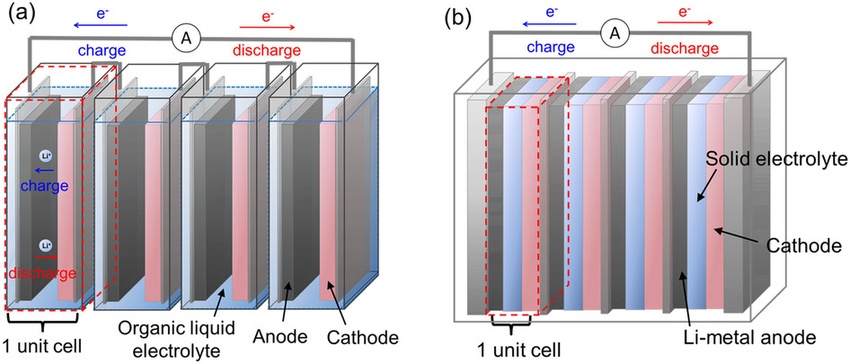
Dyk djupare: Syftet med en modulär strategi
Kärnfunktionerna för ett stapelbart batterisystem är:
- Skalbarhet: Detta är den främsta fördelen. Du kan börja med en kapacitet som uppfyller dina nuvarande behov och budget, och lägg sedan till mer identiska moduler senare om din energiförbrukning ökar (till exempel, Om du köper ett elfordon). Denna "betala-som-du-växer" Modellen är både flexibel och ekonomisk.
- Anpassning: Det gör det möjligt för oss som systemdesigners att skapa en batteribank med den exakta KWH -kapaciteten som krävs för din unika lastprofil, snarare än att vara begränsad till en eller två fasta storlekar.
- Rymdeffektivitet: Genom att stapla vertikalt, antingen direkt (Om den är utformad för det) eller inom ett professionellt skåp eller 19-tums rack, Du kan hysa en stor mängd energilagring i ett mycket litet golvavtryck. Detta är ovärderligt i lägenheter, lägenheter, eller företag där rymden är en premie.
- Enkel installation och service: Standardiserade moduler med specialbyggda kontakter kan förenkla installationsprocessen. Om en modul skulle ha ett problem år längs linjen, Det kan ofta servas eller bytas ut utan att behöva avveckla hela batteribanken.
För de flesta GYCX Solar Residential och kommersiella system, Vi använder stapling för att parallella 48V LFP1. (Litiumjärnfosfat) moduler, bygga upp den perfekta mängden KWH -lagring för att para ihop med våra klienters soluppsättningar.
Ökar spänningen vid stapling av batterier?
Detta är en vanlig elektrisk fråga. Ökar den fysiska handlingen att placera batterier en ovanpå en annan automatiskt systemets spänning?
Nej, Fysiskt staplande batterier ökar inte spänningen i sig. Batteribankens spänning bestäms av hur modulerna är elektriskt kopplat ihop. För att öka spänningen, Du måste ansluta modulerna serier. Om du ansluter in dem parallell, vilket är vanligare för att öka solförvaringskapaciteten, spänningen förblir densamma, Men kapaciteten (i amp-timmar eller ah) ökning.
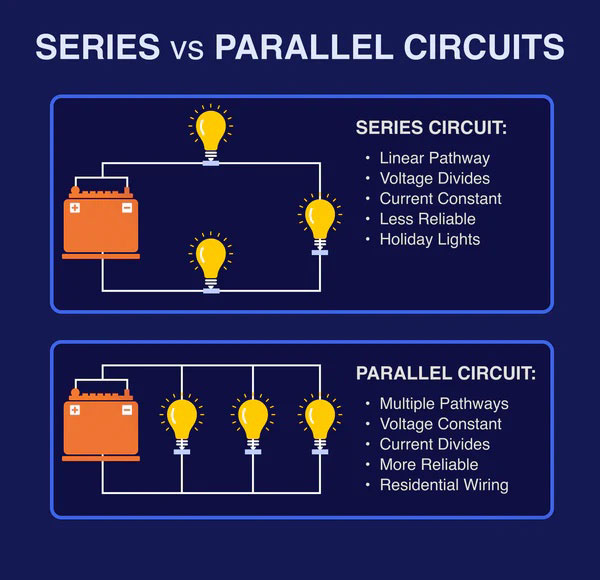
Dyk djupare: Staplingens elektriska verklighet
Låt oss klargöra de två grundläggande anslutningstyperna:
- Serieanslutning (För att öka spänningen):
- Du ansluter det positiva (+) terminal av det första batteriet till det negativa (-) andra terminal, och så vidare, Skapa en kedja.
- Den totala spänningen är summan av de enskilda batterispänningarna. (till exempel, Två 48V -moduler i serie = ett 96V -system).
- Den totala amp-timmen (ah) Kapaciteten förblir den för en enda modul.
- Parallellanslutning (för att öka kapaciteten):
- Du ansluter allt positivt (+) terminaler tillsammans och alla negativa (-) terminaler tillsammans.
- Den totala spänningen förblir densamma som en enda modul (till exempel, Anslutning av två 48V -moduler i parallella resulterar i ett 48V -system).
- Den totala amp-timmen (ah) Kapacitet är summan av de enskilda modulkapaciteterna (till exempel, Två 100Ah -moduler parallellt = en 200AH -bank).
För de flesta moderna solenergi lagringssystem, som de stapelbart batteri Lösningar GYCX Solar tillhandahåller, Målet är att bygga en högkapacitet 48V-bank. Därför, Vi staplar fysiskt 48V -modulerna i ett rack och ansluter dem elektriskt parallellt för att uppnå den önskade totala KWH.
Håller kraftbatterierna längre?
Detta är en utmärkt och insiktsfull fråga. Skapar en större "Power Stack" Genom att lägga till fler batterier gör faktiskt systemet att hålla längre när det gäller år och cykler? Svaret är ett nyanserat och kraftfullt "Ja."
Medan de enskilda batterimodulerna har samma inneboende livslängd, a större, Korrekt staplat batterisystem kan verkligen hålla betydligt längre än en mindre som driver samma belastningar. Detta beror på att det dagliga arbetet delas över fler celler, leder till grundare urladdningscykler för varje modul. Ett batteri som bara släpps ut 30% Varje dag kommer att uthärda mycket fler cykler än ett batteri som släpps ut 80% varje dag. Därför, Genom att minska den dagliga stressen på varje batteri, Hela systemets operativa liv förlängs.
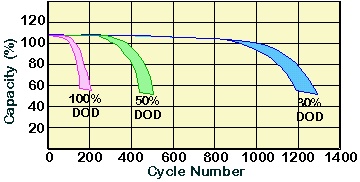
Dyk djupare: Livslängdsbonusen om skalbarhet
Låt oss använda en analogi. Föreställ dig att du måste bära 40 kg matvaror. Om en person gör det, Det är en tung belastning. Om två personer delar lasten (20kg vardera), Stammen på varje person är mycket mindre. Batterier fungerar på liknande sätt.
- Cycle Life vs. Urladdningsdjup (DoD): Varje kvalitetsbatteri har ett specblad som visar sin cykellivslängd på olika DoD -nivåer. Till exempel, Ett högkvalitativt LFP-batteri kan betygsättas för:
- 3,000 cykler på 80% DoD
- 6,000 cykler på 50% DoD
- Ett verkligt exempel:
- Antag ditt hemanvändning 5 kwh energi från ditt batteri varje natt.
- Scenario a (Ett 10 kWh -batteri): Du lossnar ditt batteri med 50% varje natt (5KWH använt / 10kWh -kapacitet). Du kan förvänta dig grovt 6,000 cykler, eller över 16 år av daglig användning.
- Scenario b (Ett 6KWH -batteri): Du lossnar ditt batteri med ungefär 83% varje natt. Denna djupare cykel kan betyda att batteriet bara varar 3,000 cykler, eller bara över 8 år.
- Fördelen med stapling: Genom att installera en större, staplad system (till exempel, 15KWH eller 20KWH), Din 5KWh nattliga användning resulterar i en mycket grundare DOD (33% eller 25%). Detta sätter batteriet i ett mycket lågt stressstillstånd, dramatiskt förlänga sin potentiella cykelliv långt bortom garantiperioden.
Gycx solhistoria: "Vi förklarar alltid denna livslängdsfördel för våra kunder. Att investera i en något större stapelbar batteribank i förväg innebär ofta att du inte behöver tänka på batteriersättning för en mycket, Mycket lång tid. Det är en investering i både kapacitet och hållbarhet."
Hur högt kan batterier staplas?
När du planerar en installation, särskilt i ett kompakt utrymme, Att känna till de fysiska gränserna är viktigt. Hur högt kan du faktiskt stapla dessa batterimoduler?
Den maximala höjden för staplingsbatterier bestäms helt av Tillverkarens specifikationer och installationsmetoden (direkt stapling vs. rackmontering). För batterimoduler specifikt utformade för direkt, sammanlåsning, tillverkaren kommer att ange en tydlig gräns, såsom 4, 6, eller 8 enheter hög. För serverrackbatterier, gränsen bestäms av Höjd och certifierad viktkapacitet för utrustningsstället eller skåpet De är installerade i. Det är aldrig säkert att överskrida dessa specifika gränser.
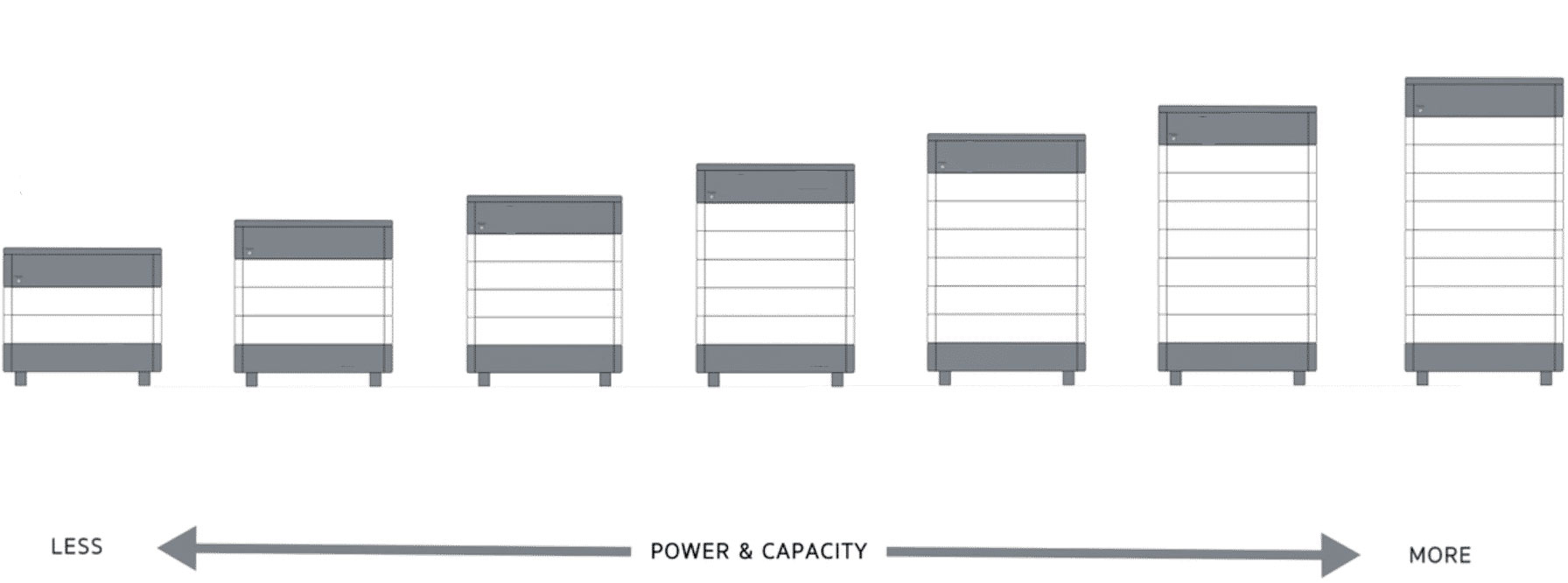
Dyk djupare: Respektera strukturella och säkerhetsgränser
Så här bestämmer du den säkra staplingshöjden:
- Direkt stapel: Om batterimodulerna är utformade med sammanlåsande höljen, Produktens installationshandbok är din absoluta guide. Det kommer att ange det maximala antalet moduler som kan staplas på en nivå, stallyta. Denna gräns är baserad på höljes strukturella integritet och stabiliteten i det resulterande tornet.
- Stapling: Detta är den vanligaste och professionella metoden för att bygga större staplar.
- Hjulhöjd (U-rymd): Rack mäts i "u" enheter (1U = 1.75 tum). Ett 24U -rack har mindre vertikalt utrymme än ett 42U -rack. Du kan stapla så många moduler som passar fysiskt, lämnar tillräckligt utrymme för ventilation.
- Viktkapacitet: Detta är en kritisk, ofta förbises gränsen. Ett standardutrustningsställ har en specifik viktkapacitet (till exempel, 500 kg, 1000 kg). Varje batterimodul kan vara tung (till exempel, 40-50 kg). Du måste summera vikten på alla planerade moduler och se till att den inte överskrider rackets certifierade gräns.
- Förankring: För säkerhet, något högt eller tungt rack, särskilt på en plats som Singapore, bör vara ordentligt förankrad på golvet (Och ibland väggen) För att förhindra risk för tippning.
- Termiska överväganden: Stapling batterier högt i ett skåp kräver också tanke på värmeavledning. Värme stiger, Så modulerna överst kan bli varmare. Professionella batterieskåp är ofta utformade med ventilation eller fläktsystem för att säkerställa jämn temperatur över hela stacken, vilket är viktigt för batterishälsa i vårt heta klimat.
På Gycx Solar, Vår installationsprocess inkluderar en grundlig bedömning av dessa faktorer. Vi säkerställer att varje stapelbar batteriförvaring Systemet är installerat på ett sätt som inte bara är elektriskt ljud utan också mekaniskt stabilt och säkert på lång sikt.
Så, Är det säkert att stapla batterier? Ja, När du använder modern, modul- stapelbart batteri system som är specifikt konstruerade för detta ändamål och installeras professionellt. Stapling gör att du kan skapa en kraftfull, Skalbar energilagringslösning. Genom att storleken på din stack korrekt, Du kan till och med förlänga dess operativa livslängd.
Om du är intresserad av att utforska hur ett säkert, skalbar, och långvarigt stapelbart batterisystem kan driva ditt hem eller företag, Vårt team på Gycx Solar har expertis för att vägleda dig. Kontakta oss idag för ett professionellt samråd!
Att förstå begreppet LFP hjälper dig att bättre jämföra och förstå batterirelaterade datakoncept. Detta hjälper dig att välja den produkt som bäst passar dina behov från vårt företag. ↩
